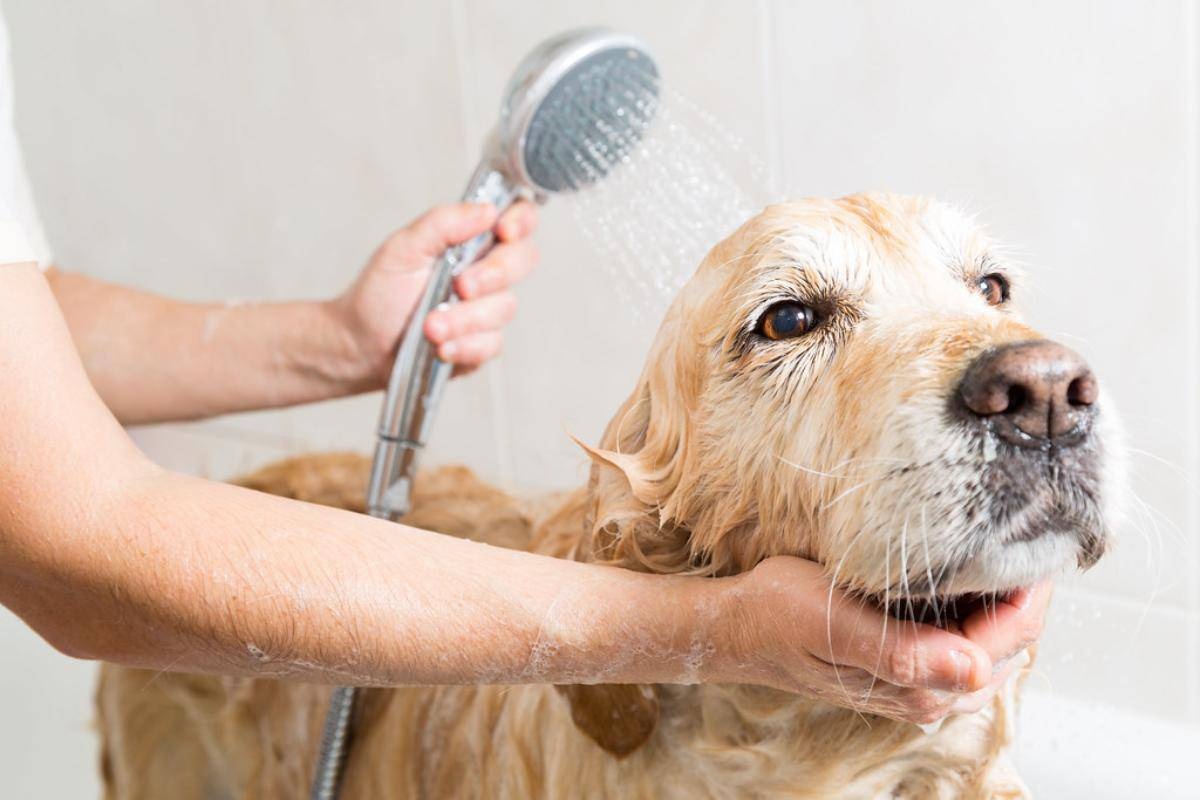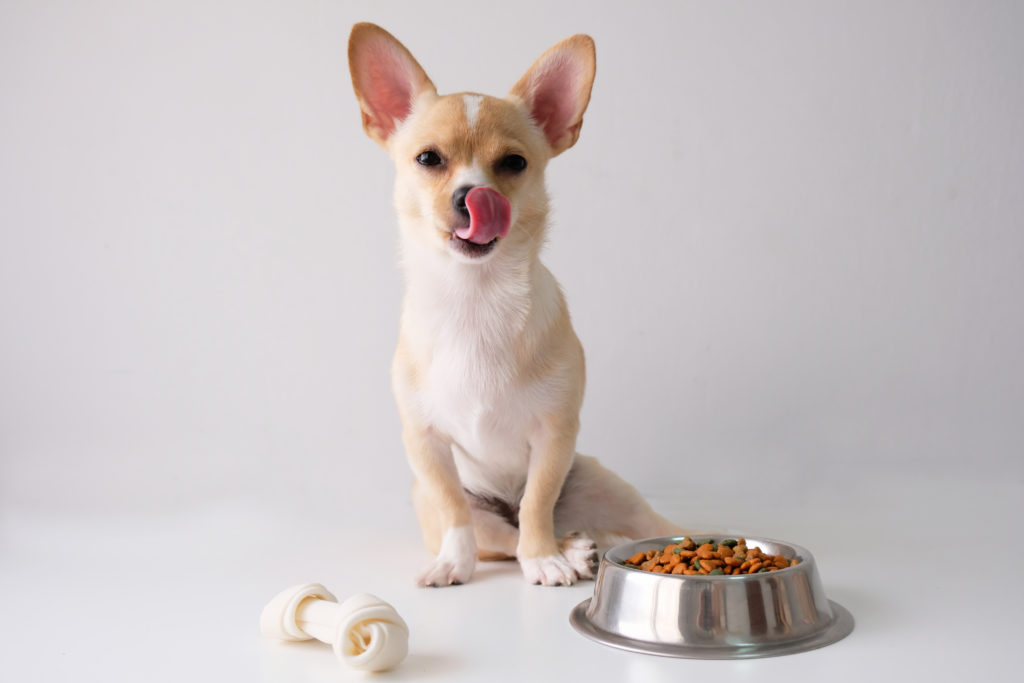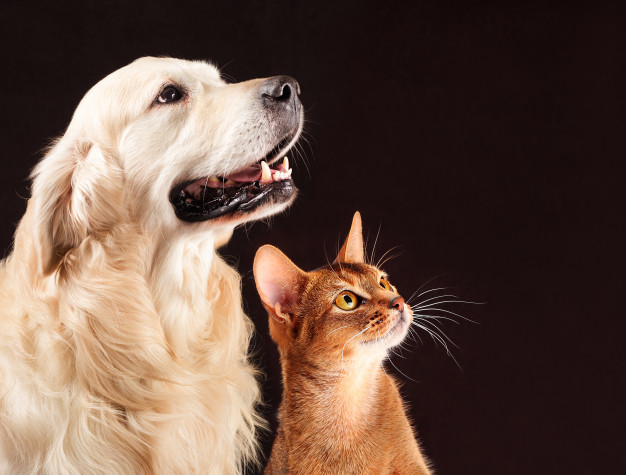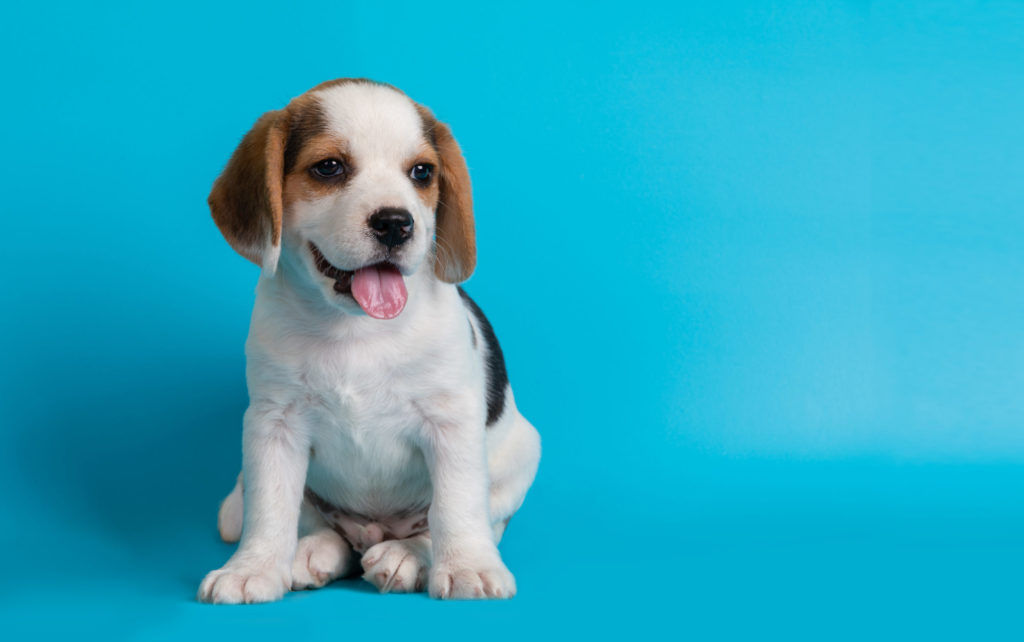
FROM BIRTH TO WEIGHT
From the moment the puppies open their eyes, they live with their mother and their litter brothers. It is, at that moment, when they begin to develop their senses. Initially, they develop a sense of smell, which helps them find their way to their mother’s breasts, which they instinctively recognize as a source of nutrition.
The mother takes care of her pups by licking them and keeping them warm with her body. He licks them, not only to clean them but also to establish their basic physiological functions. Puppies need food and heat. When the mother temporarily moves away from them, they group together to compensate for the heat loss she avoids with her fur. Human contact is important because, by handling and petting them, puppies become aware of the presence of human beings in their environment from an early age.
The recommended time to wean puppies is contemplated around 40 days from birth. Since then, in general, puppies are prepared to eat soft food, consisting of combining dry food with warm water, according to the recommended rations.
At first, puppies may be a little restless, but after observing their mother, who serves as an example, they will soon get used to the new flavors. Gradually, you can start removing the soft food to end up giving them only dry food.
From 3 months on, gradually reduce the amount of water added. For good health, development makes sure your puppy maintains a lean body condition during his/her growth. Adjust daily amounts based on your puppy’s activity level, physical condition, and individual needs. Make sure to leave clean and fresh water at your disposal. To keep your dog healthy and energetic, consult your veterinarian regularly and if necessary put them a wireless dog fence so that they can be easily tracked in any problematic situation.
When puppies are one month old, it is important to leave the water at their disposal throughout the day. In the early stages of the transition from soft to dry food, you will notice significant changes. The puppies will begin to interact and play with each other, improving their posture and movements.
WELCOME HOME
The moment has arrived. Your puppy has just arrived at his new home. You want your life to be amazing from day one, and here we are to help you get it.
Puppies love sniffing everything around them. With a few simple tips, you can control this concern:
- Keep your puppy in a limited area of your home, away from spaces that may pose a risk to him.
- Avoid leaving medicines or products containing chemical agents within your reach.
- Make sure you don’t have access to cables or plugs.
- Never let them access foods like chocolate, since their intake is toxic to dogs.
In parallel, to ensure the correct adaptation of your puppy and provide him with the greatest well-being in his new home, you must have the following elements at hand and not neglect these aspects:
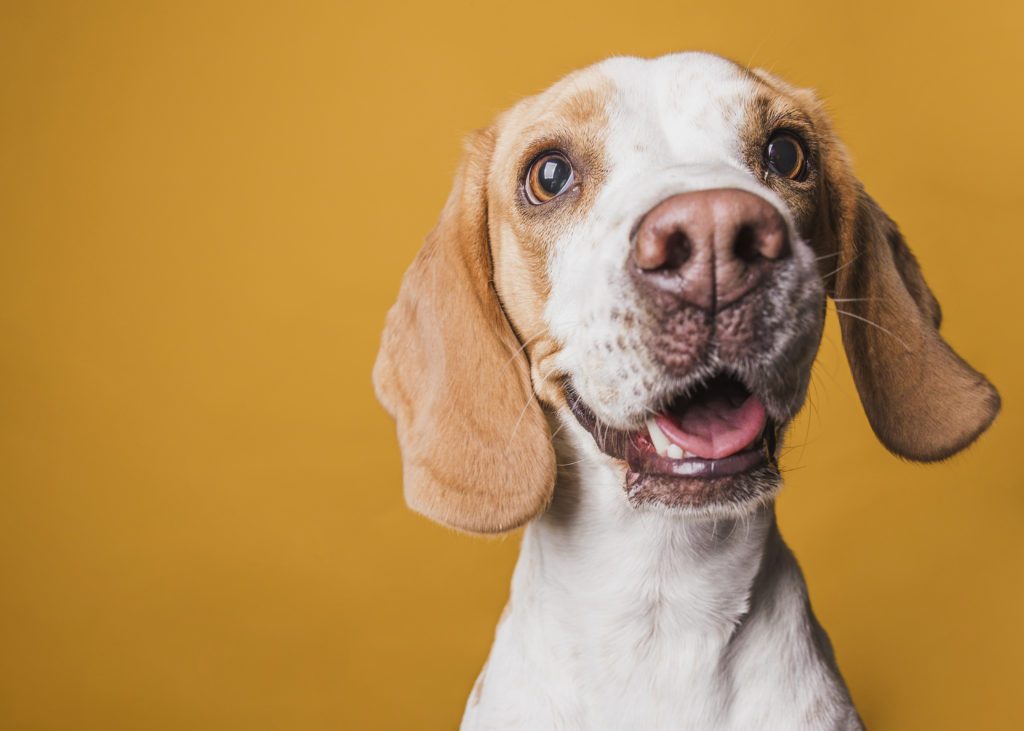
- A bowl for food and another for water: lean on resistant and easy to clean materials.
- Your bed: it will be your place of rest and relaxation. It is very important that you get used to it from the first moment. Choose a bed that suits your initial measurements and needs, although you can also find some in the market that fit your growth phases. Place it in a quiet and easy to clean space, but make sure it is close to your family or you, so that your puppy feels safe in its own space.
- A necklace and a strap: check that your first necklace meets quality standards in terms of material and strength (nylon or leather). Try to get your puppy used to the collar as soon as possible. This will favor that your first walks and your subsequent training are satisfactory for both.
- Brushing and bathing: to ensure that your puppy stays healthy and clean, brushing should be part of his care routine. Choose the one that best suits your race and hair type. Consult with your veterinarian the frequency of their baths, and never use shampoos recommended for adults, babies, or children.
- Dental care: puppies often lose baby teeth 6 or 7 months ago. Despite this, it is vital that you get used as soon as possible to brush your teeth to generate a healthy habit in it. Start with gentle brushing and, as you grow and become familiar with this activity, use a toothbrush and toothpaste specific to dogs. In no case do you resort to products intended for adults?
THE TREAT OF A PUPPY
In order to track your puppy’s health, you must first make him get used to being manipulated and undergo examinations.
Place it on a table you have arranged, placing it on a towel to prevent it from slipping and falling. Start by brushing and stroking his body, and then focus your attention on his ears. If you have long hair, brush the outer face of your ears. This will prevent the formation of knots that will later be difficult to undo.
Lift your ear and check for any spots or ulcers in the outer area. If it has secretions or smells bad, taking it to the vet for supervision will be the best option. If, on the other hand, there is only dust and dirt, you can clean it yourself using a wet wipe, making sure you do it thoroughly and delicately, so as not to scare it.
Let’s go to the eyes. With a gauze moistened with water or a special washing substance, clean the outside of the puppy’s eyes, making sure not to irritate them. If you find that the eyes are irritated and cry, we also recommend that you refer them to the veterinarian. You should clean your eyes several times a day to avoid the hair around you that is colored reddish.
FIRST CONTACT OF THE PUPPY WITH THE WORLD
Persons
Presenting your puppy to other family members or guests is key to their socialization. He lessens his fear of strangers, helping him to become a friendlier adult dog.
In the beginning, put your collar and your leash to prevent it from jumping on people. Give your dog the order he feels and help him stay in that position. This will help you stay calm. Learning orders during the first months is essential for your future training phase.
Pets
Be careful when introducing your new puppy to other pets. If it is an older dog, it is preferable that the two are tied. Do not leave them alone at first. If you are going to introduce your puppy to a cat, take steps to prevent the cat from running and escaping.
We believe that the most important factor for the health and well-being of your dog is that you take care of it and get involved in its growth. As dog owners, we know the feeling of responsibility of having a canine companion throughout their lives, and we are aware that you always want to give their best.
Author
Selena is a blogger and a guest contributor for a well-known brand that includes MESHEBLE. In her leisure time, she plays tennis.

